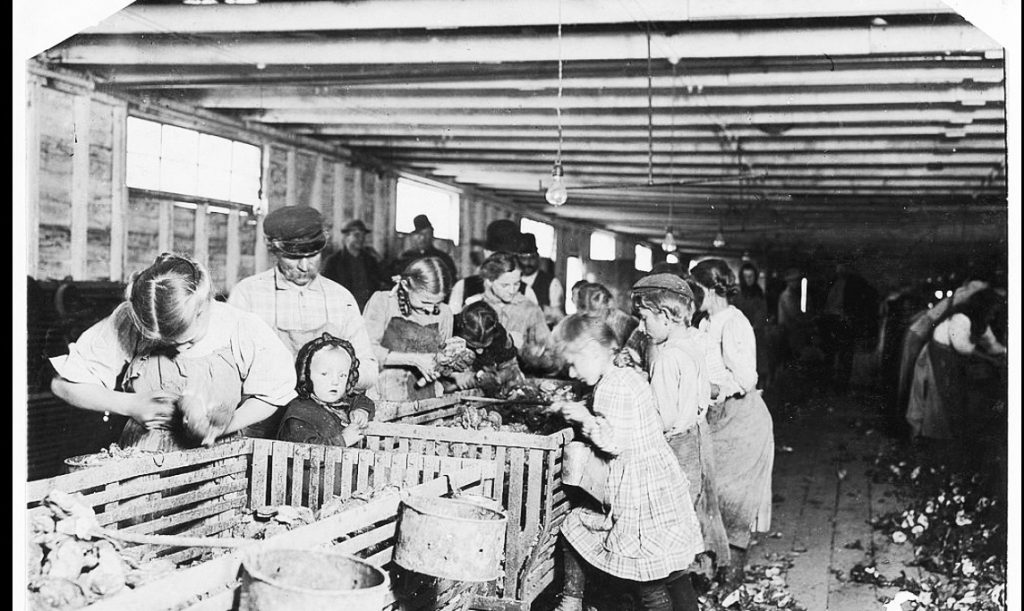By Dan Shine
Voice Columnist

Oystering
Part II
See part 1
This week, we continue Lorraine Wood Rockefeller’s narrative of oystering in New Haven Harbor, as written in 1960:
Those living on the shore and regularly engaged in the oyster harvest usually secured the cream of the crop, for they knew where knew just where to go first and were better practiced at handling boats, rakes, etc.
In 1820-1830 much of the oyster harvest was transported by wagon to the principal dealers in New Haven. John Rowe’s tavern was, at this time, a headquarters for the oyster trade. When the oyster wagons arrived at the tavern, a large number of the inhabitants of the village would hasten to make engagements for the sale of their oysters and would rapidly unload the wagons of their empty kegs. “Dozens of men would be seen, each carrying eight or ten empty kegs of one-and-two gallons capacity each, holding them by putting one finger in the bung hole of each keg. On arrival home all hands proceeded to open as many oysters as would fill the kegs which would then be returned to the tavern by means of wheelbarrows and reloaded for the next trip.”
They received pay sometimes in coin, but more often in produce of various kinds which the oyster caravans had traded for in Massachusetts or beyond, such as butter, cheese, pork, brooms, “Vermont Gray” cloth, etc. It was not unusual for an oysterman to appear in a new suit of gray cloth shortly after the Fall oyster season commenced to bring in returns.
An expert could open 100 quarts a day and the standard price for opening the oysters was 2-1/2 cents per quart. The work gave employment to many women and boys and much of the work was done at private dwellings by those who could not go to the general workshop.
(On a larger scale of production), The oysters were heaped in the middle of the room, the operators occupying the wall sides. Each person had before him a small platform, some three feet in height, on which was placed about half a bushel of oysters. On the stand was a small anvil on which, with a hammer, the edge of the shell was broken. The operator would hold a knife and a hammer, first the shell would be broken with the hammer, and then the knife would finish the work, and the oysters were dropped into a tub or pail with great dexterity and rapidity.
From the opening room the oysters were taken to the filling room and thence to the packing department. The oysters were first poured into a large hopper pierced with holes and thoroughly washed and drained; then the luscious morsels, which would tickle the palate of some dweller in the Far West would be packed.
My friend Rose lives in a section of New Haven called Oyster Village. She lives on Fulton Street which is part of Oyster Village. Most of the homes were built in the 17 & 1800s. Here home, which was built in 1835 is near the Housatonic River & she told me how big the oyster industry was back then. It was a very interesting story she told me.
We also ran this column on the oyster industry from April, 2022.
Here is the link.